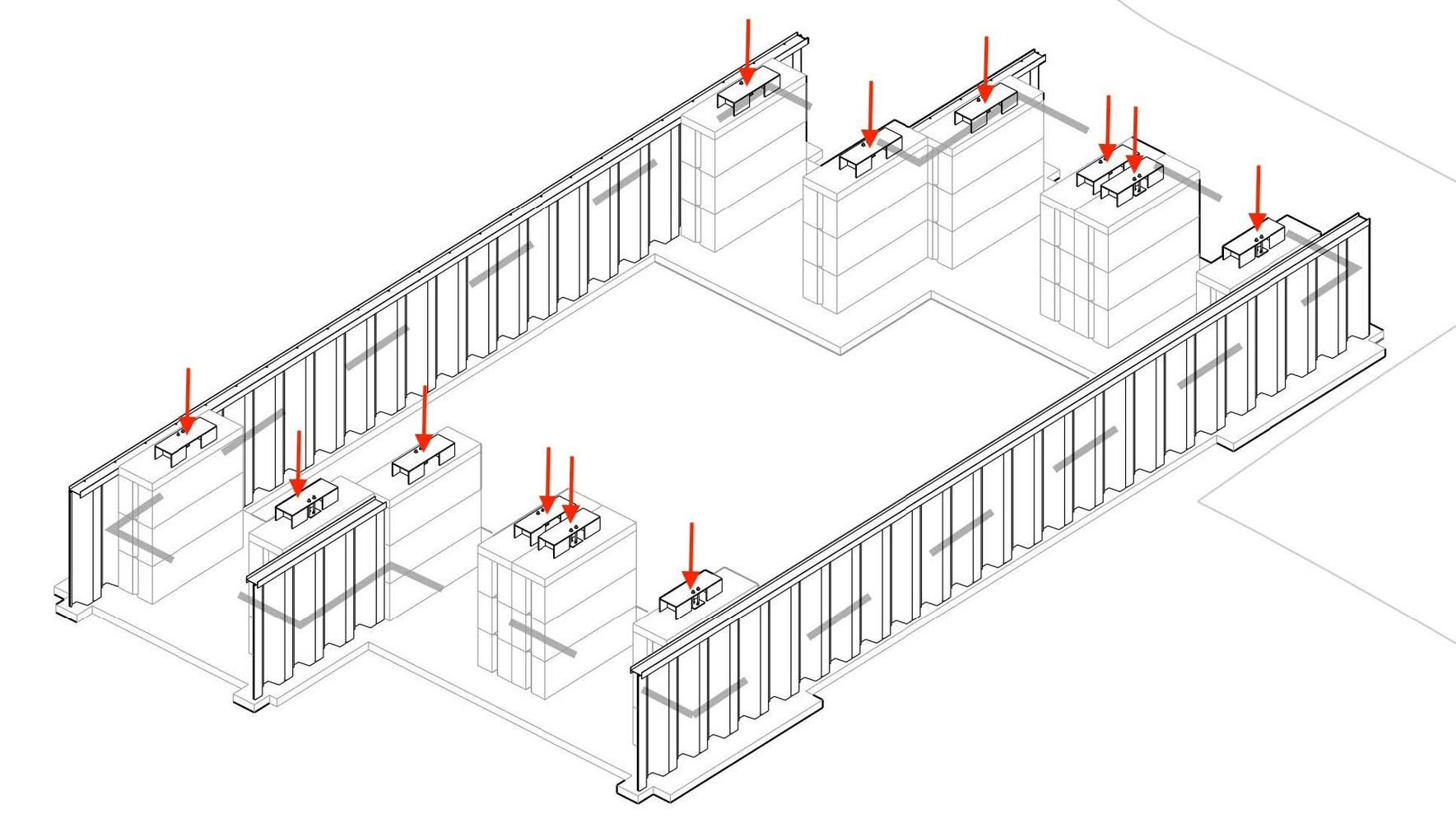
Prefabricated foundations analysis.
Student: Joao Castro

Prefabricated foundations analysis.
Student: Joao Castro

Prefabricated structures.
Student: Joao Castro

Roof load analysis.
Student: Sean O’Connor

Roof load analysis.
Student: Sean O’Connor

Student: Sean O’Connor

Tree-like column analysis.
Student: Sharleen Devjani

Tree-like column analysis.
Student: Sharleen Devjani

Tree-like column analysis.
Student: Sharleen Devjani